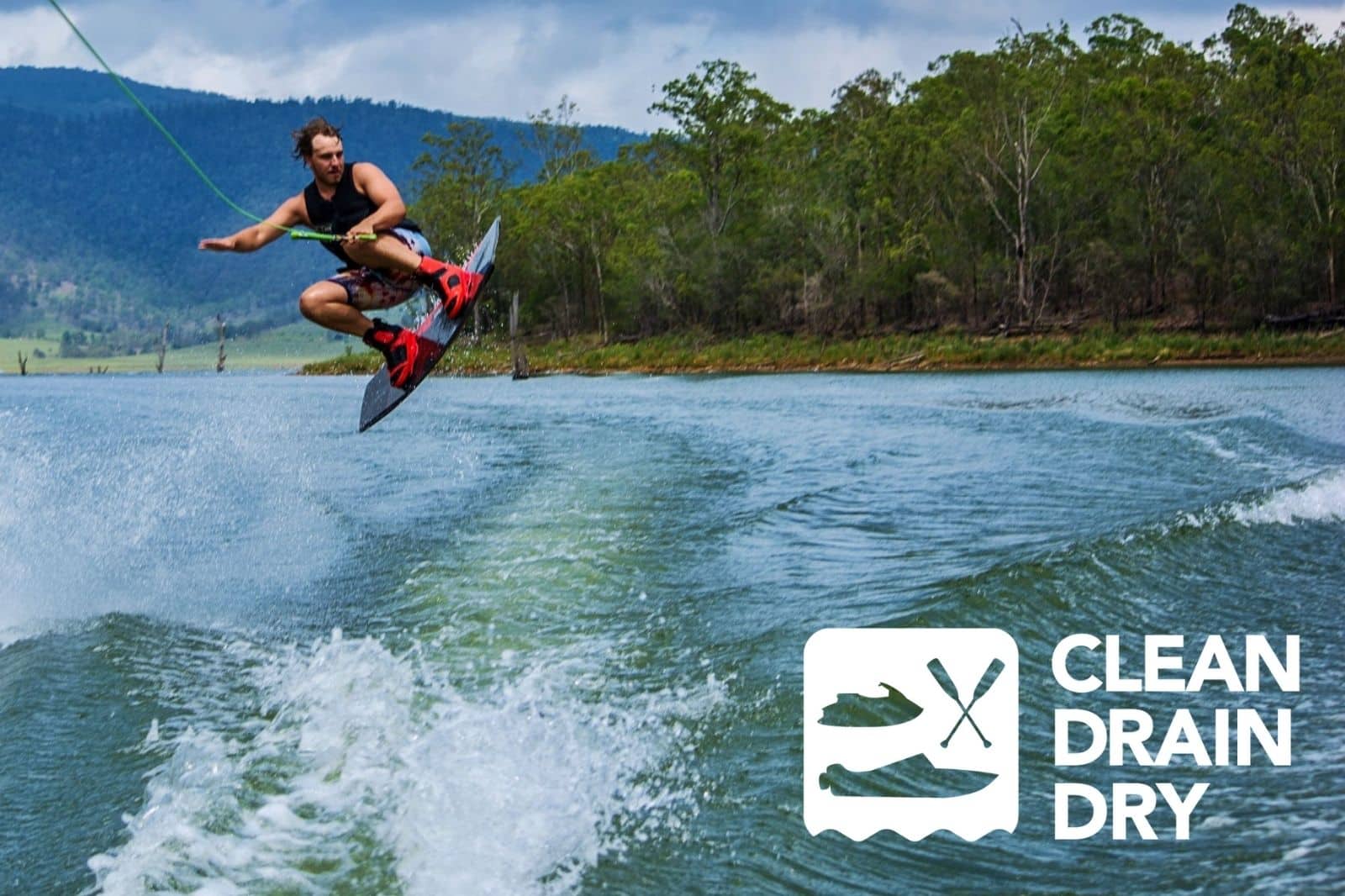Researchers identify invasive mussels’ favorite watercraft
(WILLIAMS LAKE, BRITISH COLUMBIA, September 9, 2020) If you’re one of BC’s many boaters who enjoy time on the water, you may be surprised to learn you might be carrying some unwanted hitchhikers. Invasive mussels can dramatically change the landscape of our favourite lakes, affecting biodiversity, beachfronts and infrastructure. While they haven’t yet successfully hitched a ride into BC’s water bodies, here’s what you need to know to make sure they don’t.
Top invaders, Zebra and Quagga mussels, are very good at attaching to surfaces and surviving travelling from lake to lake. While all watercraft can bring microscopic mussel larvae to new water bodies, a recent study from the University of Minnesota’s Aquatic Invasive Species Research Center found wakeboard boats have the highest risk of transporting invasive mussel larvae from lake to lake.
Researchers analyzed samples of water left in fishing vessels, pontoon and wakeboard boats, personal watercraft and runabouts from two lakes in Minnesota. Their goal was to see where mussel larvae survive best. Their findings were clear: the ballast tanks of recreational wakeboard boats on average contained more larvae and supported higher survival rates compared to other boat types. This is because of the larger volumes of water wakeboard boats generally take on. By not fully clearing this water, wakeboard boats are at higher risk of moving invasive mussels from affected lakes and rivers to unaffected areas.
While all watercraft users need to play their part and Clean, Drain, Dry (CDD) their boats, this study shows the need for some boat-owners to go one step further. Mussel larvae can hitchhike in the residual water and internal compartments of any type of boat. The best way to ensure no larvae survive in residual water in your boat is a hot-water flush. When a flush isn’t possible, five days of drying will have a similar effect.
About the Clean Drain Dry program in B.C.:
The Canadian Council on Invasive Species is pleased to work in partnership with the Invasive Species Council of BC and funding from Fisheries and Oceans Canada in launching the Clean Drain Dry program in BC, as the foundation for a national program. The project aims to encourage boaters and aquatic recreationists, who play a critical role in protecting local watersheds from invasive species, to Clean, Drain, and Dry all boats and equipment. Over a three-year pilot term, resources, signage and a social and digital media campaign will be designed to shift the behaviour of boaters and aquatic recreationists to encourage the practice of Clean, Drain and Dry.
About the Invasive Species Council of B.C.:
ISCBC is dedicated to keeping our landscapes and communities free of invasive species. It provides a coordinated, province-wide approach to reducing the impact of invasive species in B.C. The ISCBC unites efforts across the province and collaborates with a variety of partners to develop unique solutions for the wide variety of ecosystems across B.C.
About the Canadian Council on Invasive Species:
The Canadian Council on Invasive Species works collaboratively across jurisdictional boundaries to support actions and information that can help reduce the threat and impacts of invasive species. Invasive species councils, committees, and coalitions representing provinces and territories across Canada established this federal society to work together to reduce the impact of invasive species across the country.
For media information, please contact:
Gail Wallin
gwallin@bcinvasives.ca
250-305-9161
Share





